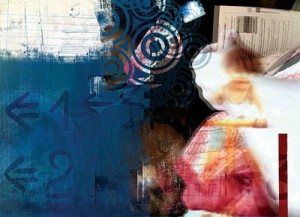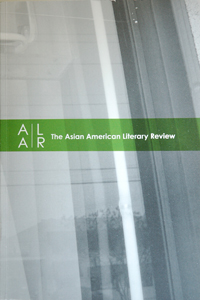Using Elizabeth Bishop’s “The Fish” as a model, write at least 20 lines of detailed, concrete observation that describes a single object. Move past the obvious and think instead how you can describe the thing as if seeing it for the first time. Using tools like sensory detail, metaphor, and simile, defamiliarize the object to the extent that it becomes an object of wonder—terror, even. Hone your powers of observation by delving into the fantastical, allowing your subconscious to reveal what’s most strange or troubling about your subject of scrutiny.
Work with all of the senses (including the imagination) to allow your reader to really see the object—and then to see it again, even more closely. Avoid abstractions and “I” statements, communicating instead a sense of the “I” through the types of concrete detail included in the poem.
After finishing your initial draft, return to the piece and think how you can invest specific details with greater emotional resonance (ie. in describing the worn laces of a man’s boot, how can you actually address the nature of his relationship with his father?) through word choice, tone, and pacing. Expand on one (or two) of your most promising details and develop an original, full-fledged image (for example, the severed ears in Carolyn Forche’s “The Colonel,” or the lantern-heads in Victoria Chang’s “Lantern Festival”), one that functions as objective correlative to the subject matter of the poem.





